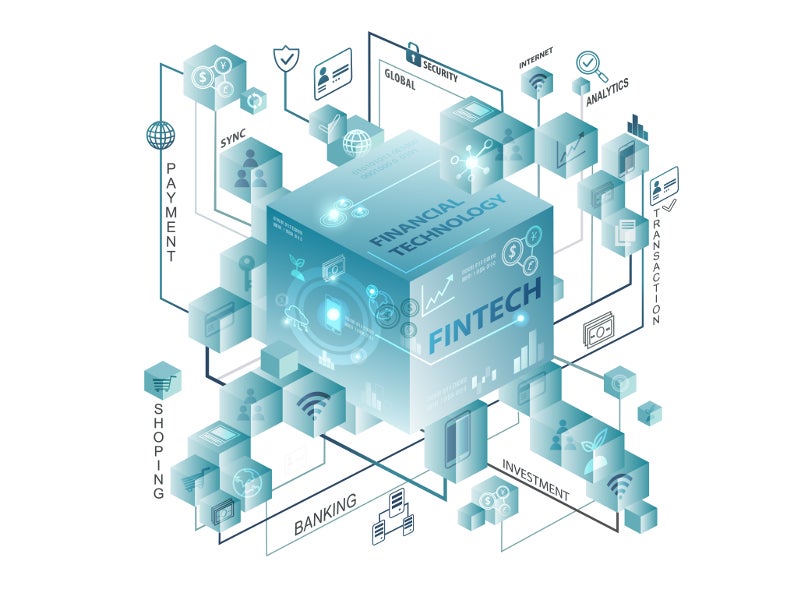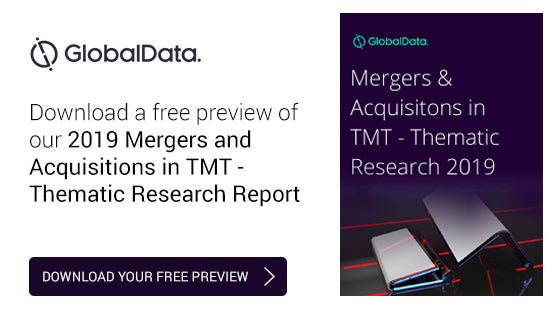
The ability of fintech to deliver “better, faster, cheaper” is predicated upon a wide range of new technologies and processes not readily available to predecessors.
Below is a summary of the most critical tech enablers, as identified by GlobalData.
Mobile-first design and mobility
The smaller screen size of mobile devices forces new entrants to devise the simplest possible digital experience. Mobility increases the utility of content, by getting it to customers when and where they can act on it before a bill goes unpaid or a budgetary threshold is exceeded. Mobile-first design is better as a channel as it drives much higher adoption more quickly (so-called hyper-adoption).
App stores help further by massively reducing discovery costs for all new entrants. The ability to drip-feed bite-size tips and advice through mobile devices helps new entrants build trust and engagement in the absence of in-person interaction.
Minimal viable product (MVP) and social media
Fintechs develop services in a more customer-centric, agile way. Instead of launching bulletproof solutions they typically start with MVPs in adjacent, less regulated markets, and co-create those propositions in short, rapid release cycles. This forges much closer connections with customers while creating excitement around the full product launch. We’ve seen this work well for new entrants such as N26 and Revolut, graduating through payments, e-money, and full banking licenses.
Success hinges on creating a tribal sense of community. This can be through distinctive debit cards or exclusive beta apps, so users are motivated to provide feedback.

US Tariffs are shifting - will you react or anticipate?
Don’t let policy changes catch you off guard. Stay proactive with real-time data and expert analysis.
By GlobalDataBig data
Big data helps new entrants unearth new lending opportunities. Tencent’s WeBank achieved standalone profitability in under two years. It did this by mining chat and payment history from WeChat to generate $5bn of pre-approved loans to the risky SME sector.
Ant Financial’s MYbank kept its non-performing loan ratio to 1% using similar techniques. They looked at over 3,000 different variables while lending $290bn to 16 million different companies. In the UK, new digital bank OakNorth lent $4bn to British businesses without a single credit default, going net income positive in just 22 months.
Automation
Automation helps new entrants undercut incumbents’ fees and deliver greater convenience. Digital mortgage brokers like Habito and Trussle save customers time. They do this by automatically comparing thousands of different mortgage products and applying for pre-approvals on their behalf.
Automated underwriting by new mortgage lenders such as Molo Finance can increase the quality, quantity, and speed of credit approvals. Conversational interfaces, such as Kasisto’s KAI platform, help new digital banks like Emirates NBD’s Liv and DBS’s Digibank deliver human-like help and support at limited variable cost.
Cloud technologies
Cloud lowers start-up costs, run costs, and time to market for new entrants. It’s noticeable that a significant number of new digital banks and lenders have gone with new cloud-based core banking provider Mambu (N26, OakNorth, new10, Kreditch) over traditional vendors; or built core systems entirely in-house and run in the cloud(Starling, Redwood).
Lloyds has invested in Thought Machine toward similar ends. Cloud is particularly well suited for secure data sharing and partnership through incubation “sandboxes.”
Analytics
Analytics help new entrants optimise for brief mobile moments of interaction. Instead of customers pulling content from a cluttered menu bar, providers can anticipate what customers want. This allows them to “push” only that content in specific moments of need.
United Overseas Bank’s new digital bank, TMRW, uses these techniques to vastly simplify digital interactions and drive repeat logins. Likewise, mBank in Poland personalises menu bars based on the content and functionality individual that users access most frequently.
APIs and micro-services
APIs enable fintechs to specialise and then partner to plug gaps. Leading fintech firms such as Fidor and N26 emulate the architectures of platform companies such as Amazon and Netflix by creating small independent services optimised for change and reuse.
This is the key tech enabler of various new revenue models around bank as a marketplace, bank as a service, and bank as an enabler. Decoupling application dependencies in this way frees new entrants to use agile and DevOps techniques to bring new ideas to market more quickly.
Biometrics
Fintechs use biometric technology to make themselves easier to do business with –whether that’s the two-minute account opening offered by Chime, Monzo using facial recognition and image capture, or voice-activated mobile payments offered by Dutch challenger bank bunq.
In both cases, these firms are delivering security at a much lower user cost. Techniques like behavioural profiling can be used to identify potential fraudsters even among prospective customers pre-login.
Blockchain
The de-centralised ledger of blockchain helps new entrants build trust and reduce the cost of intermediaries. In particular, the immutable ledger of blockchain is the framework upon which new digital currencies like bitcoin have been built. This accounts for a significant share of all fintech activity globally.
Other uses cases, such as payment processing and land registry checks for new mortgage applications, help new entrants bypass the cost and time typically associated with incumbent bank-controlled processes.
This is an edited extract from the Fintech – Thematic Research report produced by GlobalData Thematic Research.










